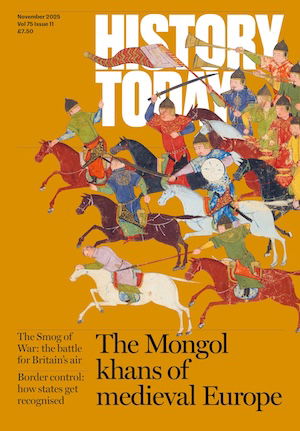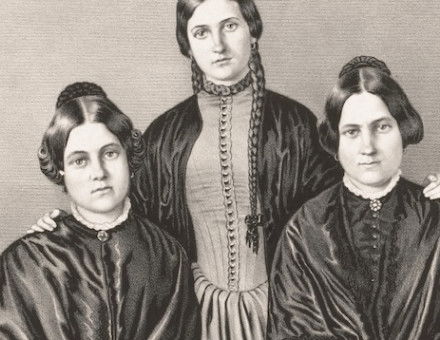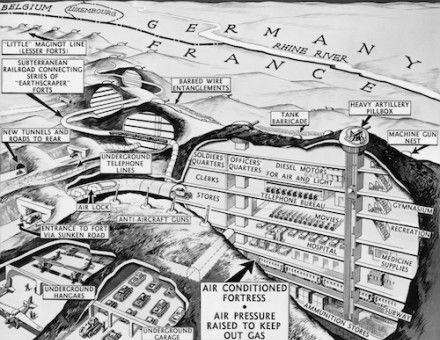Samurai, Shoguns & the Age of Steam
Ron Clough shows how the arrival of the railway in Japan helped break down suspicion of foreigners and ushered in the country’s modern industrial expertise.
In 1853 Commodore Matthew C. Perry of the U.S. Navy arrived with a small fleet in Tokyo Bay and coerced the Japanese into bringing to an end a period of 250 years of self-imposed seclusion. This seclusion had not been total, and knowledge of developments in other parts of the world had been brought to Japan via Dutch and Chinese traders who had been granted licenses to trade at Nagasaki, Japan’s only official gateway to the outside world, and also from a few Japanese castaway sailors lucky enough to have avoided execution on their return - the almost invariable fate reserved for those feared to have been contaminated by contact with foreign lands.





